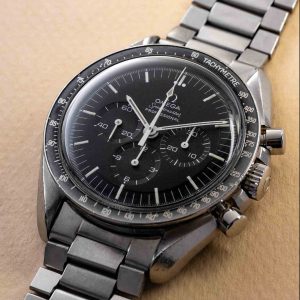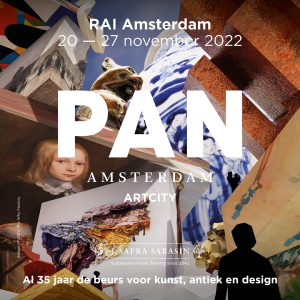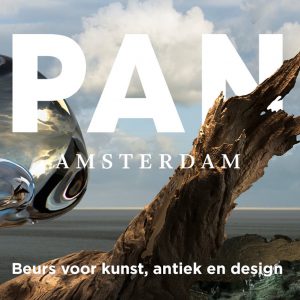The story behind the Heuer Autavia “Targa Florio”
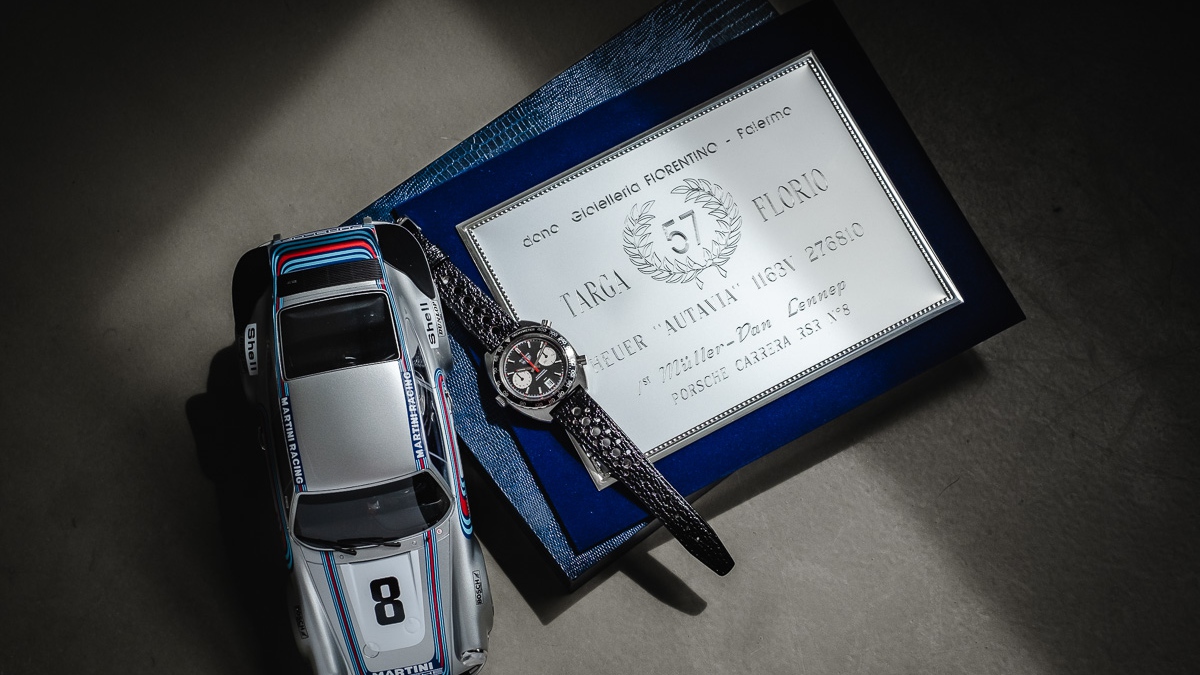
Today, we would like to share a watch with you that tells an amazing story, while remaining mysterious.
By Thomas van Straaten on 11 May 2020
Heuer Autavia “Targa Florio”
Some watches come with a story. Others are shrouded in mystery. Today, we would like to share a watch with you that tells an amazing story, while remaining mysterious. It has, even after extremely thorough research, not given up all of its secrets. And you know what? Maybe that makes it even more fascinating!
"The idea was simple: anyone who bought ten packs of Viceroy cigarettes was offered a special deal on a Heuer Autavia chronograph."
A smokey Heuer
Let’s start our journey with the watch itself. The watch in this case is a Heuer 1163V, also referred to as “Viceroy”.
The 1163 line was born in 1969. It was Heuer’s first automatic chronograph movement, the caliber 11 (later updated to cal. 11-i and then cal. 12) that triggered the introduction of this new model under the Autavia (Auto & Aviation) umbrella. In principle, it was a two-register chronograph with date in a panda or reversed panda color scheme. Several versions were made over the years.
Heuer saw major growth in the sixties. When the seventies arrived, that growth slowed down a bit. This made the brand especially susceptible to a good commercial proposal from outside. And that proposal eventually came from the tobacco industry when Viceroy, a sub-brand of Brown & Williamson, decided to use the racing world (where Heuer had its roots) as a vehicle to try and overturn an overly feminine image.
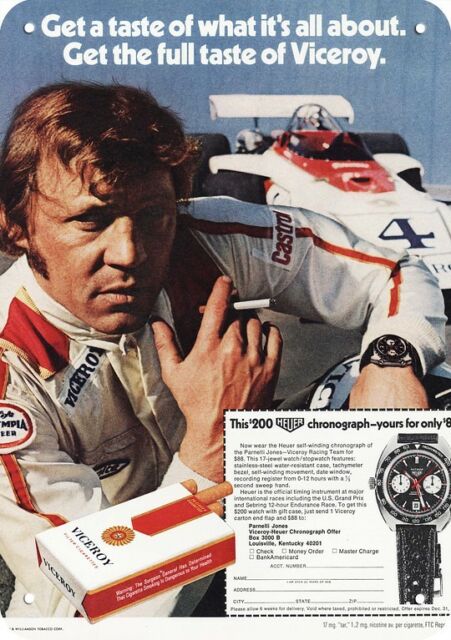
The idea was simple: anyone who bought ten packs of Viceroy cigarettes was offered a special deal on a Heuer Autavia chronograph. While the regular Heuer 1163 cost $200,- (equivalent to approximately €1.000,- today) the new 1163V (for Viceroy) would be offered at $88,-. And it would be a special edition to boot, featuring a red handset, a tachymeter bezel and a sub-dial with twelve numerals rather than a 12-3-6-9 layout.
The scheme took off like a rocket! At the peak, Heuer sold the same number of watches in a single month, as they normally would in a year. And Viceroy became associated with the macho world of racing. A true win-win.
Targa Florio
For the second part of this story, we move to Sicily, the stage of one of the most legendary races of all time: the Targa Florio. Sicilian entrepreneur Vicenzo Florio founded the race in 1906, and it was run almost every year, except during both world wars.
Since there was not enough space on the street circuit for traditional wheel-to-wheel racing, the race was set up like a time trial. The first edition saw only ten cars starting the nine-hour race at ten-minute intervals. The next year there were forty-six participants and it all took off from there.
We only have to look at some of the names that have taken part, to realize how big a deal the Targa Florio was. Legends such as Fangio, Stirling Moss, Enzo Ferrari, Graham Hill, and our very own Max Verstappen’s current boss Helmut Marko completed the demanding endurance race over the decades.
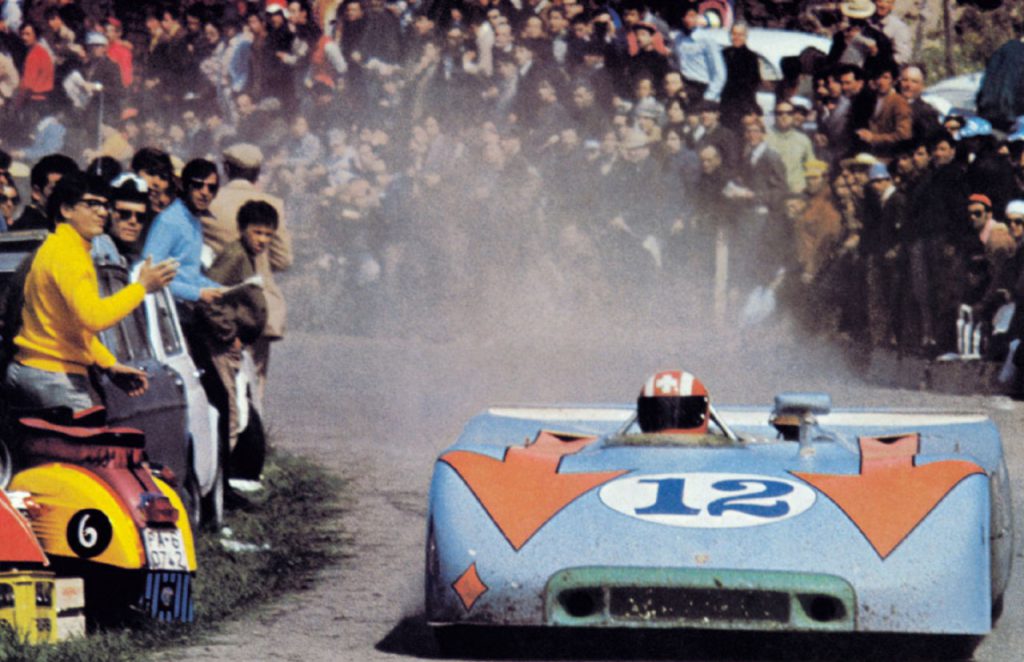
This was racing on the edge. During the week leading up to the race, drivers would practice on the open roads. They would blast down the curvy Sicilian roads, avoiding traffic, sheep herds, and the occasional tractor. As driver Gijs van Lennep (who we will meet again later in the story) recalls:
“We were given letters to carry on our person. If we hit any livestock, we would get arrested. Showing the letter to the local police chief would get us released instantly”.
There were large sectors without any guardrails and the road was littered with horseshoe nails. Yes, this was racing on the edge.
The local population loved the Targa Florio. It brought prestige to an otherwise poor part of Italy. There are stories of stranded drivers having been invited home for dinner, before returning to the pits.
Concerns about safety grew after a series of serious crashes. In 1977, a driver lost control and shot into the crowd. The accident killed two spectators and left two injured. The driver ended up in a coma. The race was suspended in round four and the Targa Florio was never run again.
"In 1973, the 57th Targa Florio would be the last time the race was part of the world cup."
The 1973 edition
The Targa Florio had been part of the “Sportscar world cup” roster since 1955. Porsche entered the race in 1956 with lighter, nimbler cars with less power. Main rival Ferrari focussed on maximum power from big V12 engines. Porsche’s formula was successful, earning them a record eleven victories, more than any other team. The importance of the race can be spotted in the current Porsche catalog, as the “911 Targa” (Italian for ‘shield’) derived its name from the race.
In 1973, the 57th Targa Florio would be the last time the race was part of the world cup. Porsche Systems Engineering lined up with two cars. One, a Porsche Carrera RSR running under number “8” had the Swiss Herbert Müller and Dutch Gijs van Lennep taking turns at the wheel. After 792 kilometers at an average speed of 114,7 kph, the duo came out victorious!
It was a victory that cemented the drivers’ reputations as racing legends. And it would be celebrated with a mysterious Heuer 1163V.
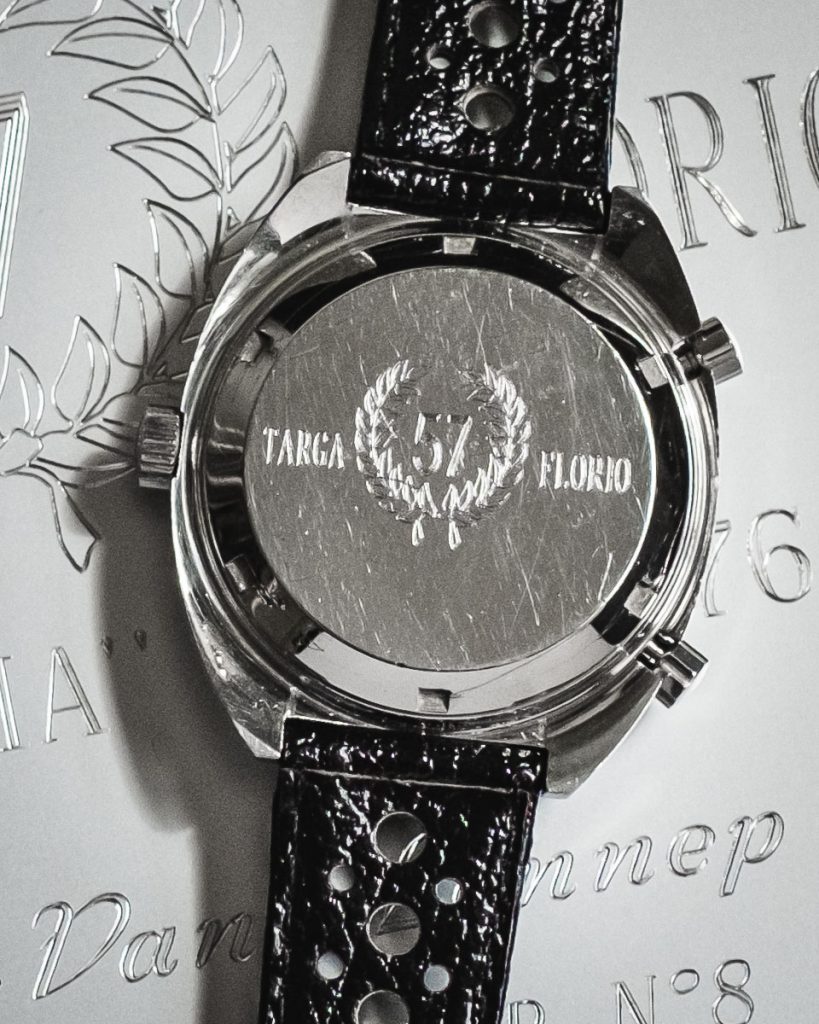

Gijs van Lennep also drove Formula 1 during those years and is without a doubt one of Holland’s most successful racing drivers, and a great personality to boot! Herbert Müller would later enter the “1000km of the Nürburgring”. Reports claim that he had announced this would be his last race, a prediction that sadly came true in a vastly different way than he had planned. Müller crashed and a massive fuel fire broke out. Efforts to put out the fire were futile and the Swiss driver tragically died at age 41.
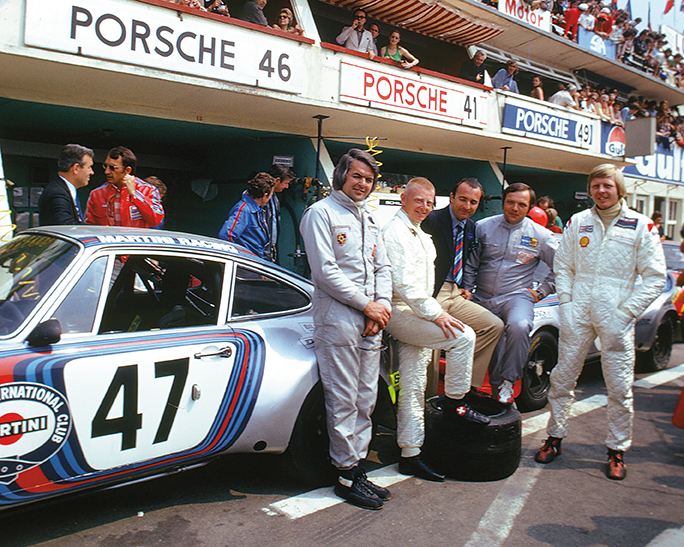

The Targa Florio Heuer 1163V
Fast forward well over four decades. AWCo acquires a Heuer 1163V with “Targa ’57’ Florio” engraved on the case back. It comes with a plaque that commemorates Müller & Van Lennep’s victory. Could it be that the drivers received this amazing watch upon winning the race? Or was it given to someone else?

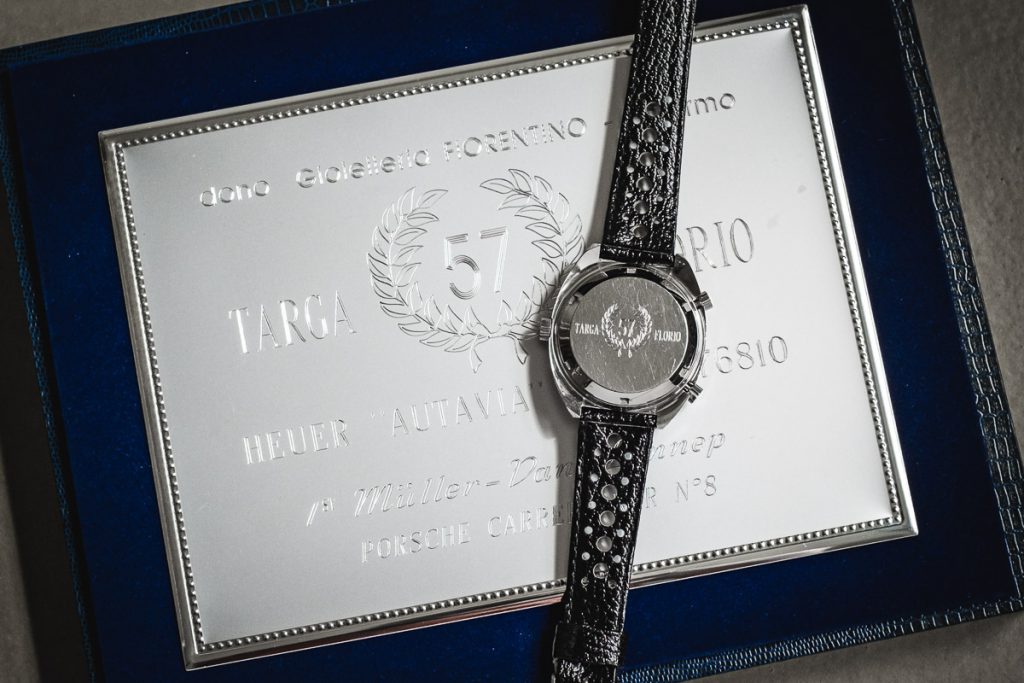
According to the seller, the teams were made up of local Sicilian technicians. He reported these technicians received the watches and plaques after their victory. Could this be true? We clearly needed to investigate!
We managed to get a hold of a lot of valuable sources, close to the 1973 race. We spoke to the curator of the Targa Florio museum on Sicily. We discussed the matter with Tag Heuer’s archive managers. We spoke with the jeweler that originally gifted the watch. And the highlight of the endeavor: we had a conversation with the racing legend himself, Gijs van Lennep. Since our findings are valuable but not decisive, I will outline the full inquiry.
Heuer
Heuer was closely involved with the race, both as a team sponsor as well as a sponsor of the race as a whole. It would have made sense if the watch was gifted by the brand itself. However, upon inspection, Tag Heuer’s director of brand history concludes that the engraving was not done by the brand itself. This means Heuer is probably not directly involved, as they would have insisted on engraving the watch themselves if they were.

Fiorentino Palermo
Back to the plaque. It reads: “dono Gioielleria FIORENTINO – Palermo”, identifying a Sicilian jeweler as the source of the watch. As it happens, this family-operated jeweler still exists today. Unfortunately, they have not kept any records of gifted watches. They were unable to confirm how many of these watches were donated and to whom.
However, they did recognize the plaque’s style as their own. They were also able to confirm having sponsored the Targa Florio. This is good news, as it proves the legitimacy of the set.
Gijs van Lennep & Herbert Müller
Going into the project, we had two main hypotheses. The first was the original explanation of the seller, that several of these watches were given to Sicilian technicians of the Porsche team. The second was that both drivers received one since only their names are on the plaque. we were secretly hoping that Van Lennep would instantly recognize the watch and say “That’s Herbert’s watch, look here is mine!”
After graciously agreeing to speak to me, Gijs van Lennep continued to debunk both theories. He did not remember being gifted a watch himself. He was given a different watch when the Targa Florio celebrated its centennial, but he had no memory of getting a Heuer in 1973. Furthermore, he recalled that the team was actually made up of around ten German engineers since it was a Porsche factory team. So no Sicilian technicians insight.
We have reached out to Herbert Müller’s family, but this, unfortunately, did not yield any information.

The mystery Targa Florio watch
It seems the watch will keep some of its secrets. We have proven that it was right there, slap bang in the middle of this legendary race. It must have passed from one set of hands (most likely jeweler Fiorentino’s) to another. It was there on Sicily. It was there in 1973.
But questions remain. For instance, how come Viceroy is not mentioned anywhere, even though it is a V-model 1163 being gifted? Was it a joint promotion? Then why is only Fiorentino mentioned on the plaque?
Speaking of the plaque: if the watch was given to, for instance, the team boss, why is there no mention of the team (Porsche Systems Engineering) on the plaque? It names Fiorentino, the drivers, and the car. No-one else.
The precise story remains enigmatic. We do not know how many of these watches were handed out. And we do not know to whom. Could it be given to a sponsor? A team member? The race organizers? Were they intended as gifts for the drivers but failed to reach them?
All we know is that the watch breathes racing heritage. Like the best storytellers, it shares only a glimpse, leaving our imagination to take us on amazing adventures of speed, heroism, and roaring engines. As Heuer racing watches go though, this is a truly magnificent example!


